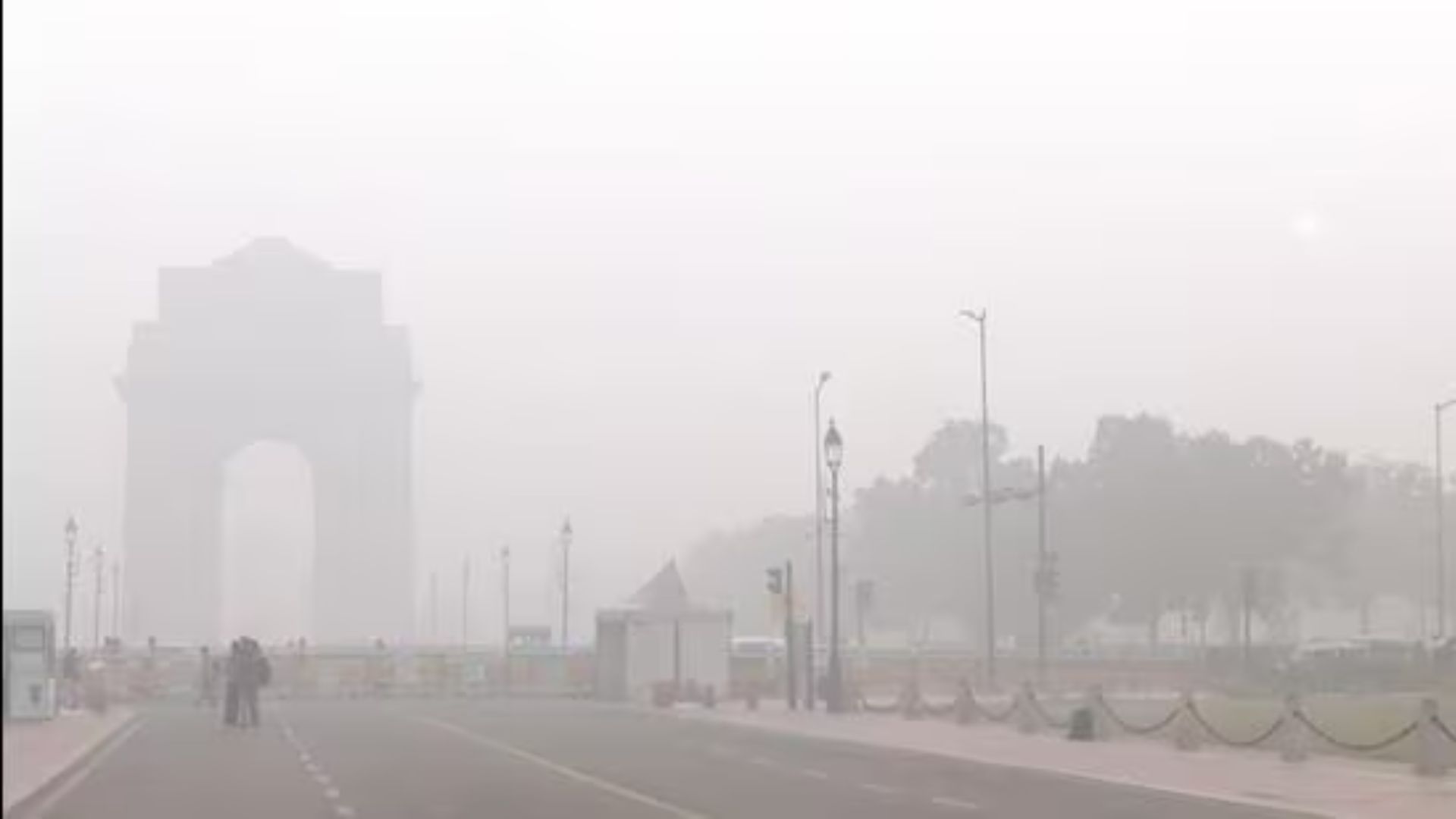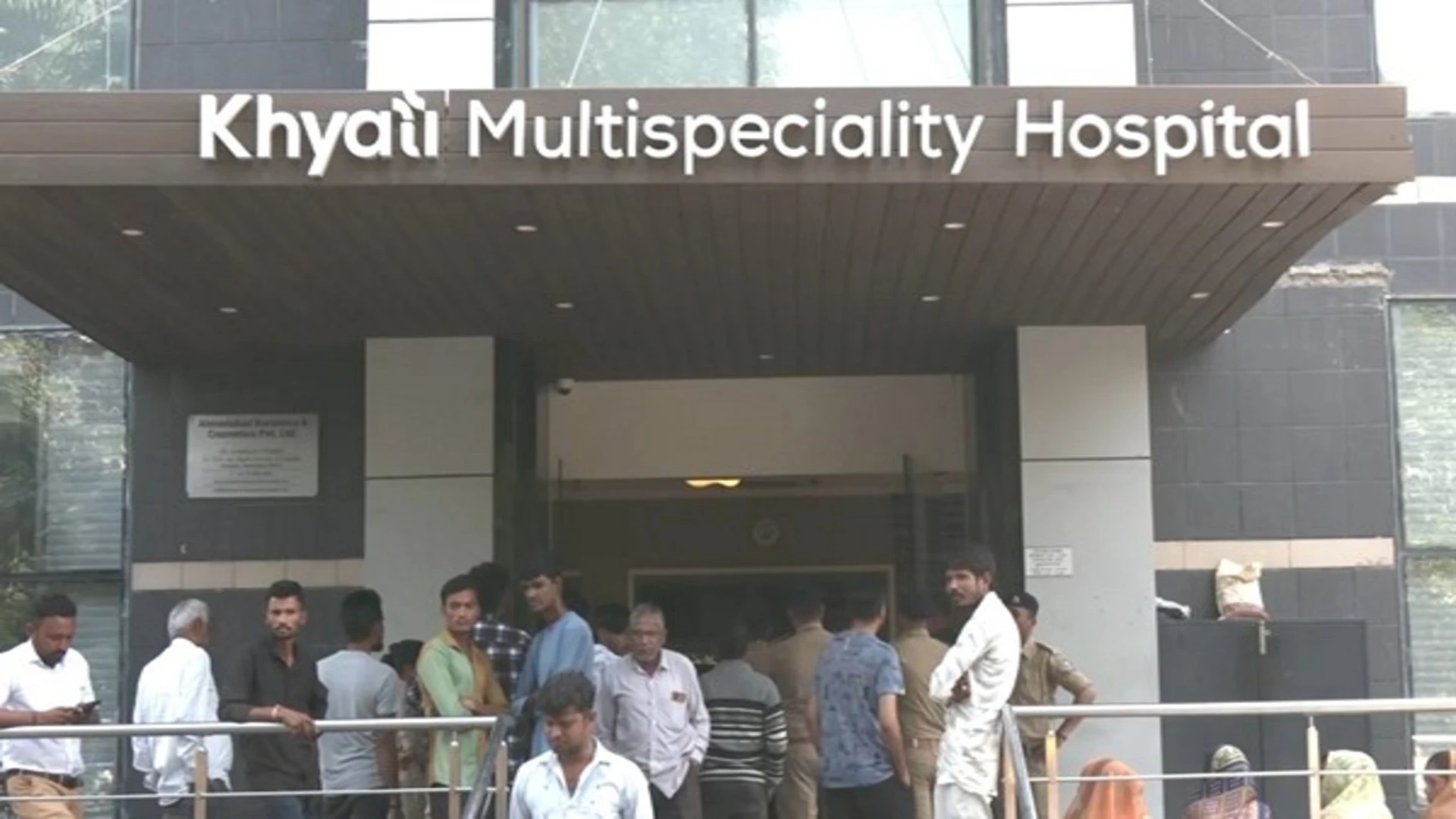
In a bid to tackle worsening pollution and reduce traffic congestion, Delhi Chief Minister Atishi announced staggered office timings for government entities across the national capital. The new schedule, effective immediately, aims to alleviate peak-hour traffic and curb pollution levels, which have been a major concern post-Diwali celebrations.
The staggered timings for various government offices are as follows:
Delhi’s air quality has significantly worsened, with the Air Quality Index (AQI) crossing into the ‘severe’ category in various parts of the city. As of 9 am on Friday, the overall AQI was recorded at 420, indicating hazardous pollution levels, according to the System of Air Quality and Weather Forecasting And Research (SAFAR). The alarming AQI levels have persisted for the third consecutive day, creating health concerns for the residents.
The entire city of Delhi was shrouded in a dense layer of smog on Friday morning, significantly reducing visibility. Drone footage from the AIIMS area showed a thick blanket of smog covering the surroundings. Near Akshardham Temple, the visibility was so poor that the temple was barely discernible. Similarly, a heavy smog layer engulfed the Kartavya Path, although many residents continued their morning walks despite the hazardous air quality.
In areas like Anand Vihar, the situation was particularly dire, with the AQI dipping into the ‘severe’ category and recorded at 441 early Friday morning, as per the Central Pollution Control Board (CPCB).
The Commission for Air Quality Management (CAQM) has activated Stage III of the Graded Response Action Plan (GRAP) across Delhi-NCR, effective from Friday. The move comes after an urgent review meeting on November 14, where the CAQM noted that the AQI had remained firmly in the ‘severe’ range since November 13.
GRAP Stage III measures include:
These restrictions have raised concerns among truck drivers, who fear financial hardships due to limited vehicle movement. Many drivers expressed worries about potential difficulties in repaying loans for their vehicles.
Understanding GRAP: Action Plan for Adverse Air Quality
The Graded Response Action Plan (GRAP) is a set of emergency measures implemented in response to escalating air pollution in the National Capital Region (NCR). GRAP is classified into four stages based on the severity of air quality:
This year, Stage III of GRAP was invoked later than in previous years, being activated on November 14 instead of early November, as in 2023. The action plan is intended to supplement ongoing Stage I and Stage II measures already in place to combat pollution.
Appeal for Public Cooperation and Health Advisory
The CAQM has appealed to citizens for cooperation in implementing Stage III measures effectively. The public is advised to:
The CAQM emphasized the importance of these guidelines to mitigate health risks associated with severe pollution levels. Authorities have also urged residents to minimize outdoor activities, especially for vulnerable groups like children, the elderly, and those with respiratory conditions.
The ongoing pollution crisis has highlighted the urgent need for comprehensive and sustained efforts to address the environmental challenges in Delhi and its surrounding regions. The situation continues to be monitored, with further updates expected as the city implements the staggered timings and additional GRAP measures.















